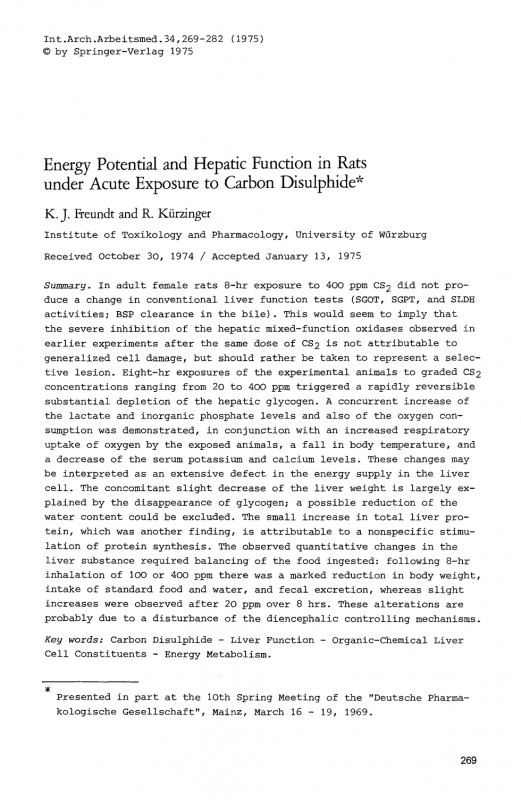Continued from:
Hypo thesis: The Etiology of Schizophrenia 1
Continues:
Hypo Thesis: The Etiology of Schizophrenia III
… It has been reported that the glucose and lipid metabolism is disturbed by carbon disulfide both in experimental animals and in exposed workers, but not to conclusive. There is a large body of indirect information associating abnormal energy metabolism in peripheral neuropathies caused by CS2.
Acetyl-CoA
In Clostridium thermoaceticum Carbon monoxide dehydrogenase CODH has three paramagnetic centers iron-nickel-sulfur, labeled A,B and C. CS2 mimics CO at centre A, competively, thereby most probably alternating parts of it’s enzymologic timing and functionality. (BB) The function of CS2 in the human Acetyl-CoA, remains to be elucidated.
Rats exposed to carbon disulphide displayed different symptoms of intoxication pending on the type of exposure. CC The damage by CS2 is related to the status of Glutathion and its protective role. Glutathion depletion have been shown in rats exposed to high levels of CS2 followed by high exposure.
The disturbance in the energy-transfer processes, provoked by carbon disulphide in rat mitochondria causes a loss of respiratory control, oxidative phosphorylation, (CC) reduced NAD content i rat liver mitochondria. (DD)
BB
1994: Kumar M; Lu W P; Ragsdale S W
Binding of carbon disulfide to the site of acetyl-CoA synthesis by the nickel-iron-sulfur protein, carbon monoxide dehydrogenase, from Clostridium thermoaceticum.
Biochemistry 1994;33(32):9769-77.
CC
Journal of Ncurochcmistru. 1971, Vol. 18, pp. 177 to 182.
OXIDATION AND PHOSPHORYLATION PROCESSES IN
BRAIN MITOCHONDRIA OF RATS EXPOSED TO
CARBON DISULPHIDE
S. TARKOWSKI and HANNA SOBCZAK
DD
Sokal JA. 1968. Intracellular distribution of pyridine nucleotides in the liver of rats after long-term
exposure to carbon disulfide. Biochem Pharmacol 17:2489-2493.
CODH, Acetyl-CoA, Glutathion, NAD, ATP, Carbon Disulfide, Oxidative phosphorylation,
…One more to come + the hypothesis in short with conclusions and suggestions.

